Deskripsi
Perkenalan
Babi Polly adalah jenis babi pipa yang digunakan secara luas dalam industri pipa untuk berbagai tugas pemeliharaan dan operasional. Dinamai untuk konstruksi poliuretannya, babi Polly dirancang untuk melintasi pipa untuk fungsi seperti pembersihan, memeriksa kerusakan, dan memisahkan berbagai produk dalam pipa. Mereka sering silindris dan menampilkan berbagai konfigurasi, termasuk telanjang, dilapisi dengan kuas kawat, atau dilengkapi dengan tali abrasif, tergantung pada aplikasi spesifik mereka. Desain mereka yang fleksibel dan kuat membuat mereka cocok untuk saluran pipa dengan berbagai diameter dan kondisi. Akibatnya, babi Polly telah menjadi alat penting dalam menjaga efisiensi, keamanan, dan umur panjang sistem pipa secara global.
Deskripsi terperinci babi Polly
Karakteristik Babi Polly: Ukuran, Bahan, dan Variabilitas
Babi Polly, dinamai untuk bahan konstruksi primernya, poliuretan, adalah jenis spesifik babi pipa yang digunakan secara luas dalam berbagai operasi pipa. Mereka datang dalam berbagai ukuran untuk mengakomodasi berbagai diameter pipa, mulai dari kecil hingga cukup besar, dan warnanya dapat bervariasi berdasarkan produsen atau aplikasi spesifik yang dirancangnya. Kepadatan poliuretan yang digunakan dalam konstruksi mereka juga dapat bervariasi, dengan babi kepadatan lebih tinggi yang digunakan dalam aplikasi yang membutuhkan pembersihan yang lebih kuat atau di mana kemampuan penyegelan yang lebih besar diperlukan.
Fleksibilitas unik dan kemampuan beradaptasi babi Polly dalam operasi pipa
Salah satu fitur unik babi Polly adalah keserbagunaannya. Mereka bisa sederhana dan halus untuk tugas pembersihan dan pengeringan ringan, atau dapat dilengkapi dengan komponen tambahan seperti kuas kawat atau tali abrasif untuk persyaratan pembersihan yang lebih intensif. Mereka fleksibel dan dapat menavigasi tikungan dan perubahan diameter pipa lebih mudah daripada beberapa jenis babi lainnya.
Analisis Komparatif: Babi Polly vs Babi Pembersih Kerangka
Sebaliknya, babi pembersih kerangka, jenis babi pipa umum lainnya, sering memiliki bingkai baja baja dan dilengkapi dengan sikat atau pencakar yang dapat diganti. Mereka sering digunakan untuk lebih banyak tugas pembersihan tugas berat di mana endapan yang signifikan perlu dikeluarkan dari dinding pipa. Namun, karena konstruksi baja mereka, mereka mungkin tidak sefleksibel babi Polly dan bisa kurang cocok untuk saluran pipa dengan tikungan ketat atau perubahan yang signifikan dalam diameter. Pilihan antara babi Polly dan babi pembersih kerangka umumnya tergantung pada persyaratan spesifik operasi pipa.
Polyuretan, bahan utama yang digunakan dalam konstruksi babi Polly, dipilih karena beberapa alasan:
1. Daya Daya: Poliuretan adalah bahan yang kuat yang dapat menahan kondisi keras di dalam pipa, termasuk tekanan tinggi, berbagai suhu, dan zat korosif. Ini tahan terhadap keausan, memastikan babi dapat menyelesaikan perjalanannya melalui pipa tanpa pecah.
2. Fleksibilitas: Poliuretan adalah bahan yang fleksibel, yang sangat penting untuk perangkat yang harus dinavigasi melalui pipa dengan diameter, tikungan, dan belokan yang bervariasi. Fleksibilitas ini memungkinkan babi untuk mempertahankan kontak dengan dinding pipa untuk pembersihan, inspeksi, atau tugas pemisahan yang efektif.
3. Fleksibilitas: Kepadatan poliuretan yang berbeda dapat digunakan untuk membuat babi dengan berbagai tingkat kekerasan. Ini memungkinkan berbagai aplikasi, dari babi lunak yang digunakan untuk pembersihan atau pengeringan ringan, hingga babi yang lebih keras yang digunakan untuk tugas pembersihan atau pengikis yang lebih agresif.
4. Efektivitas Biaya: Poliuretan adalah bahan yang relatif murah, menjadikannya pilihan yang hemat biaya untuk membuat babi sekali pakai yang tidak diambil setelah digunakan.
Karakteristik ini menjadikan poliuretan bahan yang sangat baik untuk babi pipa, menawarkan keseimbangan daya tahan, fleksibilitas, fleksibilitas, dan efektivitas biaya.
Parameter Dasar
| Nama | Babi busa Polly |
| Pertunjukan | 1. Interiornya berbusa oleh bahan poliuretan. Permukaan dilapisi dengan lapisan elastomer poliuretan. |
| 2. Ini memiliki fleksibilitas yang baik dan ketahanan aus tertentu. | |
| 3. Jumlah deformasi dapat mencapai 50%, yang merupakan babi busa yang paling banyak digunakan. | |
| 4. Ini digunakan untuk menggosok, descaling, dan isolasi pipa pipa. | |
| Parameter teknis | Tekanan menatap: 0,02mpa |
| Kepadatan: 35kg/m³-220kg/m³ | |
| Dengan tekanan: 7mpa | |
| Rasio Kompresi: 50 | |
| Tingkat gesekan: 2mm/100km | |
| Suhu operasi: -30 ℃ hingga +100 ℃ | |
| Laju peregangan: 320% | |
| Flex Life: 50.000 kali | |
| Jarak operasi: 100km-300km |
Aplikasi Babi Polly
1. Pembersihan:
Babi Polly banyak digunakan dalam industri pipa untuk tujuan pembersihan. Mereka dimasukkan ke dalam pipa dan didorong oleh aliran produk atau oleh media terpisah seperti air atau udara, tergantung pada isi pipa dan persyaratan operasi. Saat babi Polly bergerak melalui pipa, ia menghilangkan akumulasi endapan atau puing -puing di dinding pipa, secara efektif membersihkan permukaan interior. Babi Polly yang berbeda dapat digunakan untuk berbagai derajat pembersihan. Misalnya, babi Polly yang dilengkapi dengan tali abrasif atau kuas kawat dapat memberikan tindakan pembersihan yang lebih agresif untuk menghilangkan penumpukan yang lebih keras.
2. Inspeksi:
Sementara babi Polly sendiri biasanya tidak dilengkapi dengan peralatan inspeksi, mereka memainkan peran penting dalam prosedur inspeksi. Sebelum inspeksi in-line (ILI) menggunakan babi cerdas yang dilengkapi dengan sensor dan perangkat pengumpulan data, babi Polly sering digunakan untuk membersihkan pipa. Ini untuk memastikan bahwa akumulasi puing atau deposit yang akumulasi tidak mengganggu proses inspeksi, memungkinkan babi cerdas untuk secara akurat mendeteksi dan merekam anomali apa pun, seperti korosi, retak, atau penyok dalam pipa.
3. Pemisahan:
Babi Polly juga digunakan untuk memisahkan produk yang berbeda dalam pipa. Dalam pipa multiproduk, perlu untuk meminimalkan pencampuran zat yang berbeda untuk mempertahankan kualitas produk. Babi Polly dapat dimasukkan antara dua produk yang berbeda untuk bertindak sebagai penghalang fisik, secara efektif mengurangi pencampuran produk selama transisi. Karakteristik fleksibilitas dan penyegelan babi memastikan kecocokan yang baik di dalam pipa, meminimalkan bypass dan dengan demikian memaksimalkan efektivitas pemisahan.

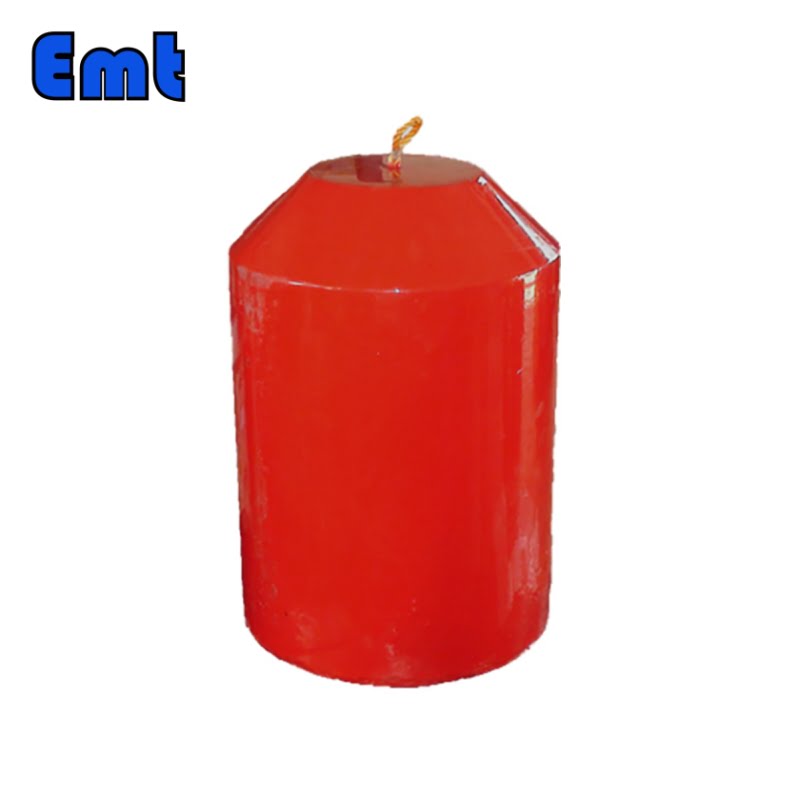
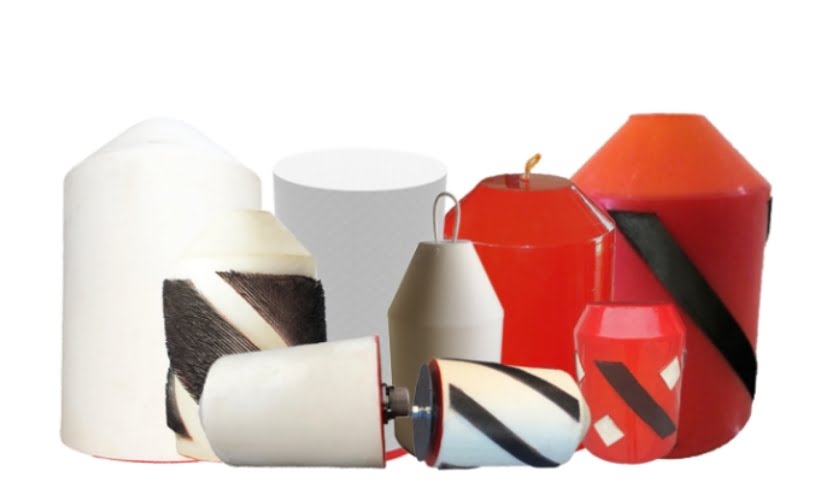
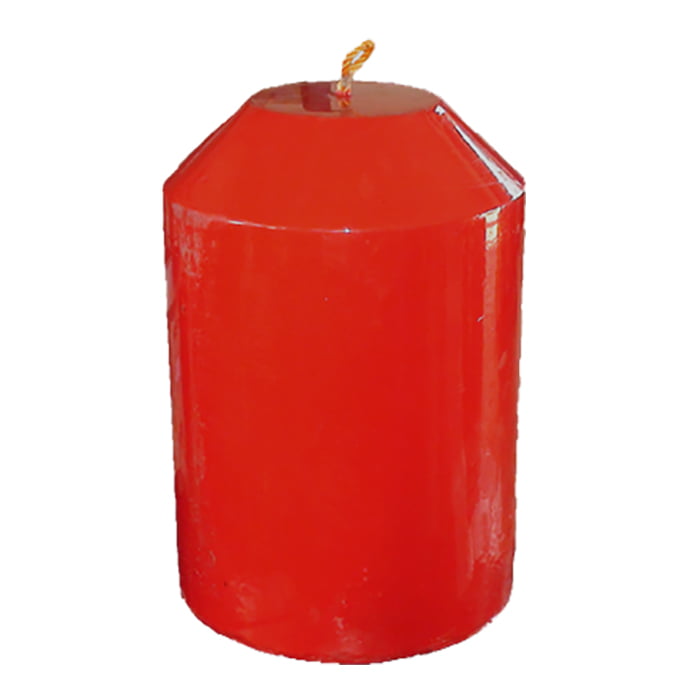
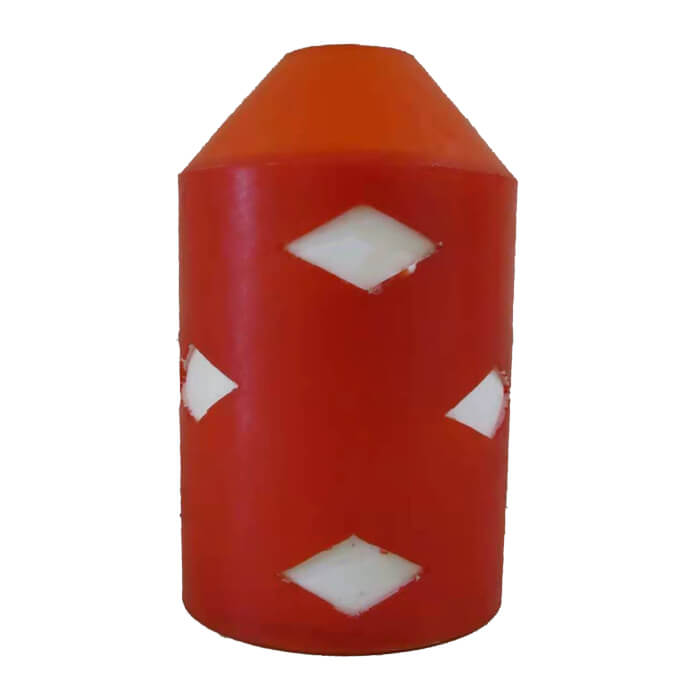
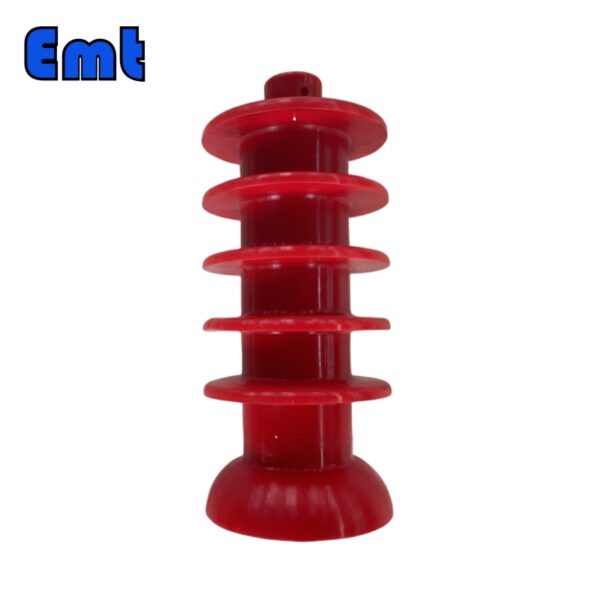
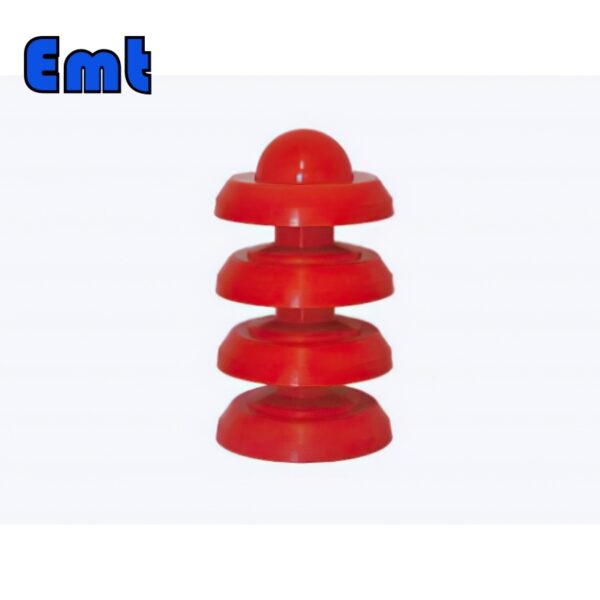
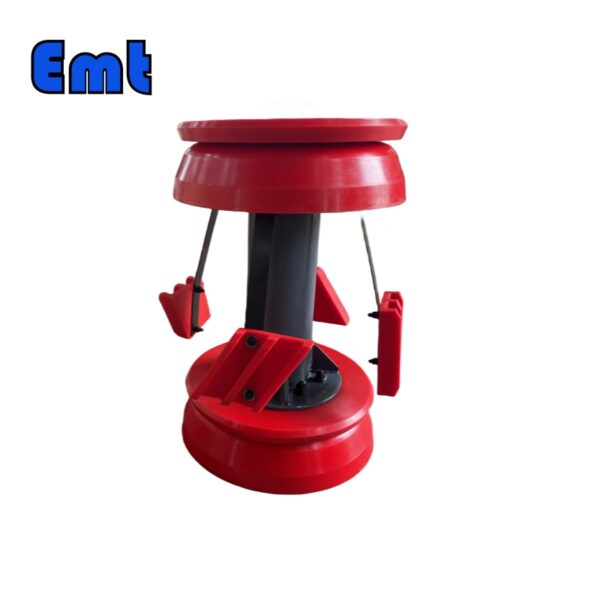
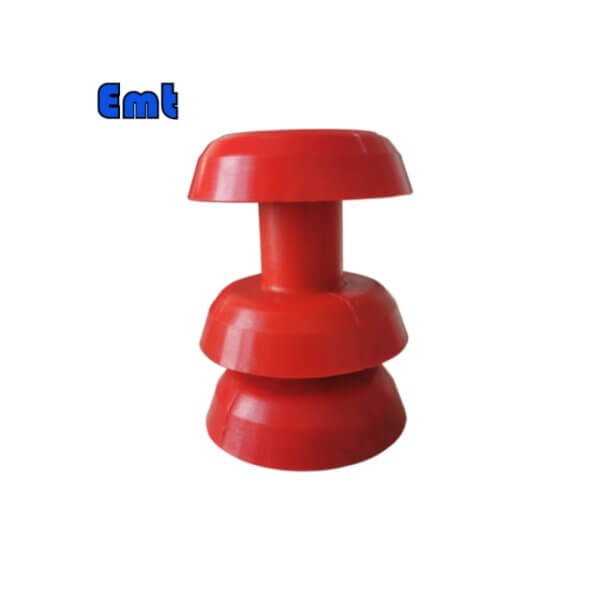
Ulasan
Belum ada ulasan.